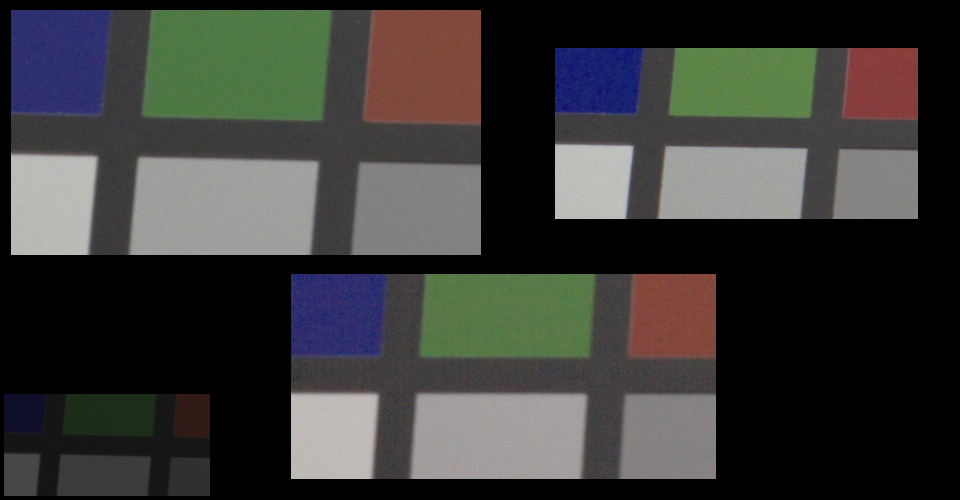I'm a bit suspicious about the tonal gradient argument, haven't really seen it myself but I can't say that I've made a thorough comparison either. It's a thing than could be quite easily measured though, both on processed JPEGs and directly in the raw file. It would be an interesting test.
It could be the case that what we actually see is that the slightly noisier CCD provides a more pleasing tonal structure rather than a more accurate. It could also be the case that a higher full well capacity on the larger CCD pixels provides a real advantage in the midtones thanks to a lower shot noise.
When it comes to small differences it's extremely easy to trick oneself into seeing things we want to see, if we want CCD to be better we'll see that it is better, and the opposite if we want CMOS to be better. Therefore it can be good to sanity check with measuring and/or do blind testing, if one really is interested in an objective evaluation.
I'm suspecting that it's about noise characteristics rather than actual tonal gradients, that the CCD has a smoother noise and the CMOS has blotchier noise. If so it can be quite hard to show in a measurement. I don't think CMOS have to have blotchy noise characteristics though, but it's been quite common.
Here's a snap from an old side-by-side comparison of 3 stop pushed color patches Aptus 75 top left, D7000 (sony exmor, very similar pixels to D800) top right and Canon 5Dmk2 bottom. The small bottom left patch is showing the original brightness before pushing.

Note the smoother noise of the Aptus 75 and the blotchy noise in the D7000 blue patch, I also think the red patch is a bit blotchier. Unfortunately that test did not include any object where one could side-by-side compare a gradient object, a fine gradient from one color to another would be a nice test patch.